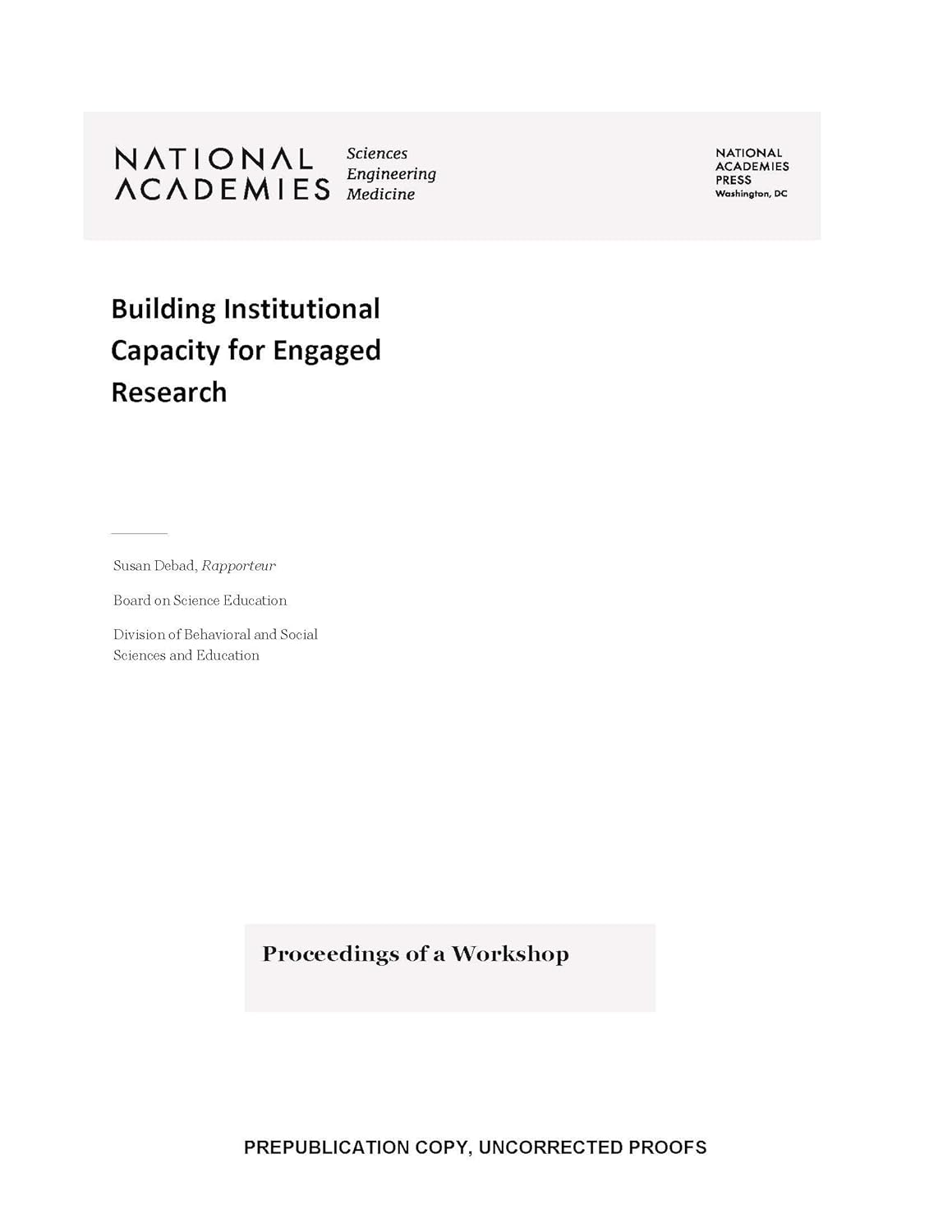DIgital asset-friendly policy changes will attract cryptocurrency innovation and development back … [+]
President Trump’s second administration painted a new landscape for digital assets and cryptocurrencies in the United States in its first week. Executive and regulatory actions reshaped the trajectory of digital asset technology development in the US: the executive order titled “Strengthening American Leadership in Digital Financial Technology” and the SEC’s rescission of Staff Accounting Bulletin No. 121 (SAB 121).
Together, these actions set a favorable tone for institutional investment into cryptocurrencies by providing clearer regulatory frameworks and reducing compliance burdens. Collectively, these actions greatly enhanced the signal-to-noise ratio for the digital asset industry, encouraging greater institutional participation.
Executive Order: Strengthening American Leadership in Digital Financial Technology
President Trump’s first week in office ushered in a plethora of Executive Orders, including one … [+]
On January 23, 2025, President Trump signed the executive order “Strengthening American Leadership in Digital Financial Technology,” marking a pivotal moment for the U.S. digital asset industry.
As opposed to previous years when cryptocurrency companies developed and innovated under the fear of enforcement action, the order underscores the importance of innovating and developing the regulatory frameworks under which they operate. The executive order promotes the development and use of digital assets, emphasizing their potential to drive innovation and economic growth.
During a virtual address at the World Economic Forum, US President Donald Trump affirmed his … [+]
In his speech at the World Economic Forum in Davos, Switzerland, President Trump further reiterated his administration’s “America-first” stance on emergint technologies including cryptocurrency. Pointing to the country’s oil and gas reserves, Trump asserted the goal to harness those assets to, “transform America into a . . . global hub for AI and crypto.”
The First Bitcoin (or Cryptocurrency) President?
In July 2024, then-candidate Trump highlighted his staunch support of the digital asset space at the Bitcoin 2024 conference in Nashville, TN. There, he delivered a rousing speech that appealed to Bitcoin enthusiasts as a voting bloc. Touching on a number of topics ranging from a Strategic Bitcoin Reserve to freeing Ross Ulbricht, Trump struck a chord with the pro-Bitcoin crowd.
At Bitcoin 2024, President Trump engaged the pro-Bitcoin 2024 with a commitment to the Bitcoin … [+]
While estimates on cryptocurrency ownership in the United States vary, the pool of American cryptocurrency-owning voters could have been as high as 20 million people. While this aligns heavily with what is commonly perceived as a Liberatarian-influenced audience, later studies have pointed to the lack of a correlation between Bitcoin ownership and political leaning.
The Executive Order, however, emphasizes the protection of individual rights (a Libertarian mainstay) while promoting the development of new technologies (a nod to pro-business, typically Conservative, points of view). Specifically, the order ensures that individuals and private-sector entities can access and use open public blockchain networks without fear of persecution to develop software, participate in mining activities, and maintain self-custody of digital assets.
Stablecoins: Building Blocks For FinTech Development
The support for the growth of lawful and legitimate dollar-backed stablecoins is notable. The order gives credence to claims that building a strong stablecoin ecosystem could support the US Treasury market and strengthen the U.S. dollar’s position in the global digital economy.
In January 2023, USD-denominated stablecoins comprised almost 99% of the total stablecoin market. Since that time, the market capitalization of stablecoins has grown from $138 billion to almost $222 billion today. If stablecoin issuers were a single investor, they would be the 18th largest holder of US Treasuries today, just behind Brazil at $228 billion.
US Treasuries stand to gain a rapidly growing investor base with the adoption of stablecoins in … [+]
In October 2024 report published by the US Treasury highlighted increased demand in short-dated Treasuries from stablecoin issuers. More recently, OKG research forecast the stablecoin market to grow beyond $400 billion in 2025, further fueling the bid in the Treasury market.
Perhaps the most compelling piece of the executive order is its prohibition on the establishment, issuance, circulation, and use of Central Bank Digital Currencies (CBDCs) within the United States. This decision reflects the U.S. stance to pursue leadership in promoting decentralized digital assets over centralized digital currencies.
SAB 121: Classification of Cryptocurrencies as Liabilities
The second most significant piece of activity was the SEC’s rescission of Staff Accounting Bulletin No. 121 (SAB 121).
Gary Gensler, chairman of the US Securities and Exchange Commission (SEC), oversaw policies like SAB … [+]
Issued by the SEC in 2022, SAB 121 required companies holding cryptocurrencies on behalf of clients to classify these assets as liabilities on their balance sheets. When banks hold securities for clients, they are neither recorded as assets nor liabilities on the bank’s balance sheet, but only disclosed in corresponding financial statement notes.
A radical departure from the prevailing market view, cryptocurrencies were not recognized as assets under SAB 121. This created significant challenges for financial institutions.
Staff Accounting Bulletin 121 (SAB 121) presented significant challenges for financial institutions … [+]
By classifying cryptocurrencies as liabilities (as opposed to assets), financial institutions faced increased compliance costs and complexities in their financial reporting, deterring their efforts to integrate digital assets into their operations and product mix.
Facing increasing levels of risk, regulatory scrutiny, and the potential for adverse financial impacts discouraged many institutions from engaging with cryptocurrencies and cryptocurrency companies, limiting the growth and adoption of digital assets within the United States’ traditional financial system.
Rescission of SAB 121: A Positive Shift
Citing industry feedback amidst the evolving digital asset landscape, the SEC rescinded SAB 121 and introduced SAB 122 this past Thursday.
The new bulletin allows companies to use broader accounting standards to evaluate their options and obligations to safeguard client assets and account for potential losses as contingent liabilities.
The new guidance also provides banks and other financial institutions with greater flexibility, allowing them to offer crypto custody services without the compliance burdens levied by SAB 121.
The rescission of SAB 121 reduced the perceived risks and complexities associated with holding cryptocurrencies, making it more attractive for financial institutions to offer digital asset services.
Staff Accounting Bulletin 122 provides more latitude for financial institutions wishing to engage … [+]
SAB 122’s treatment of contingent liabilities and assets is more closely aligned to widely accepted accounting standards set forth by the Financial Accounting Standards Board (FASB) and International Accounting Standards Board. This further reduces the perceived risks and complexities associated with holding cryptocurrencies, making it more attractive for financial institutions to offer digital asset services.
Paving the Road Ahead for Institutional Investment
The signing of the executive order “Strengthening American Leadership in Digital Financial Technology” and the SEC’s rescission of SAB 121 collectively provide positive signals for institutional investment into digital assets.
The establishment of clear policy guidance will enable the future development of digital financial … [+]
By establishing more clear language around Digital Asset policy, the Trump Administration has opened the door for innovation to come back onshore. The removal of the accounting challenges surrounding Digital Assets further supports this point of view and removes the administrative, real-world hurdles companies faced in dealing with the asset.
There, however, remains a significant amount of work for further institutional involvement in the space. The actions clear the way for greater institutional participation and engagement with digital assets, without fear of adverse enforcement actions.
This will allow for the establishment of a robust infrastructure and framework that is analogous to the markets in which institutional investors currently operate.
There is no doubt that innovation in cryptocurrencies will continue. This week’s activity ensured the ability for this to happen onshore, led by the United States and its vibrant financial institutions.
The world of cryptocurrencies has been gaining more and more attention from institutional investors, and there are several positive signs indicating that this trend is only going to continue.
One positive sign is the growing number of financial institutions offering crypto-related services. Major players like Goldman Sachs, JPMorgan Chase, and Morgan Stanley have all announced plans to offer cryptocurrency trading and custody services to their clients. This move not only legitimizes cryptocurrencies in the eyes of traditional investors but also opens up a whole new market for institutional investment.
Another positive sign is the increasing regulatory clarity around cryptocurrencies. Governments around the world are starting to create clearer guidelines for how cryptocurrencies should be treated, which is crucial for institutional investors who need to comply with regulations. The recent approval of Bitcoin ETFs in some countries is a clear indication that regulators are becoming more comfortable with cryptocurrencies as an asset class.
Furthermore, the growing interest in decentralized finance (DeFi) platforms is also attracting institutional investors. These platforms offer a range of financial services, such as lending, borrowing, and trading, all without the need for traditional financial intermediaries. This level of innovation and disruption in the financial industry is drawing the attention of institutional investors who want to stay ahead of the curve.
Overall, the signs are looking positive for institutional investment in cryptocurrencies. With more financial institutions entering the space, clearer regulations, and the rise of DeFi, it seems like cryptocurrencies are here to stay as a legitimate asset class for institutional investors.
Tags:
- Institutional Investment in Cryptocurrencies
- Cryptocurrency Investment Trends
- Institutional Interest in Digital Assets
- Crypto Investment Opportunities
- Institutional Adoption of Blockchain Technology
- Benefits of Institutional Investors in Cryptocurrencies
- Cryptocurrency Market Analysis
- Institutional Investment Strategies in Crypto
- Crypto Investment Forecast
- Institutional Investment Impact on Cryptocurrency Prices
#Positive #Signs #Institutional #Investment #Cryptocurrencies







